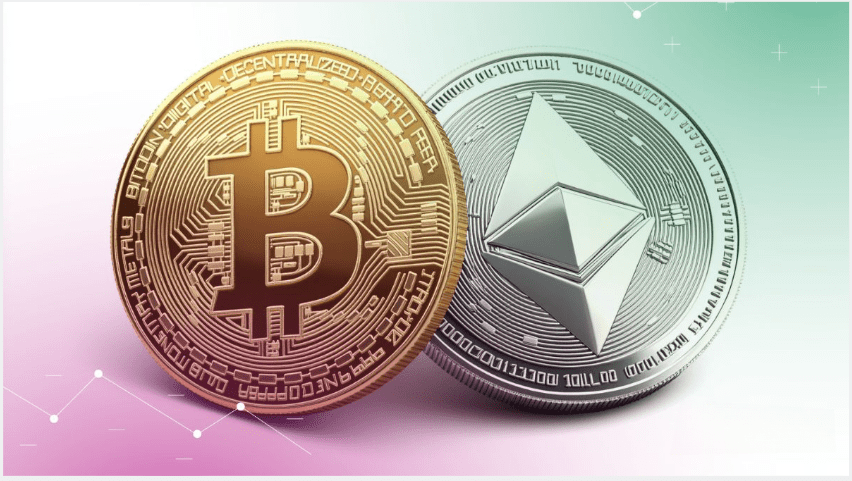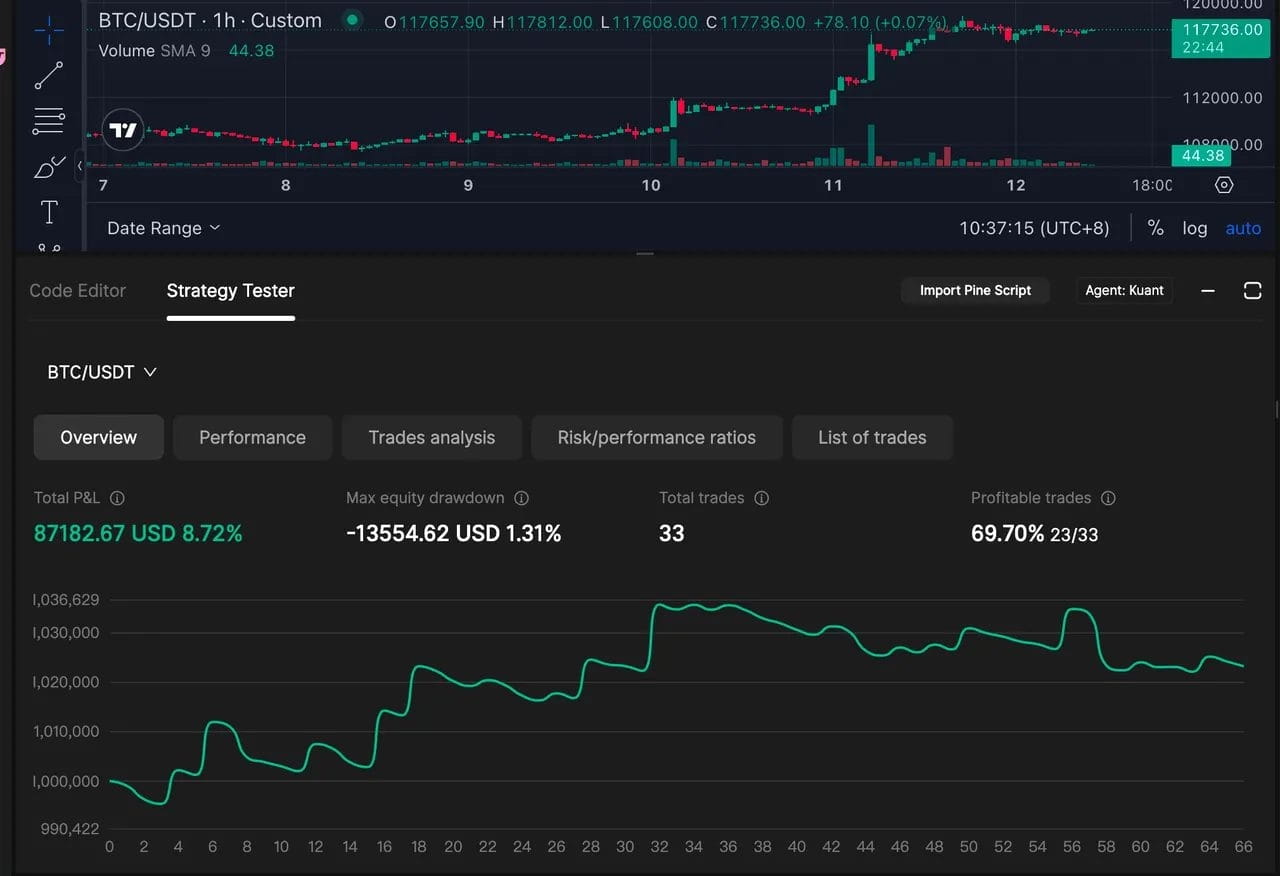
Quantitative trading originated in the 1960s, pioneered by Edward Thorp, a physics professor at UCLA, MIT, and UC Irvine.
It flourished in the 1970s and 1980s, reaching its golden age in the 1990s. Despite facing challenges after the 2008 financial crisis, quantitative trading remains a favorite in the financial markets.
In the skyscrapers of Wall Street, well-dressed 'data wizards' do not rely on news, rumors, or luck. Instead, they let computers and algorithms execute trades.
The principle is simple: prices differ slightly across different exchanges. For example, in the same second, Bitcoin may be priced at 118,500 USDT on OKX and 118,800 USDT on Binance.

The principle is simple: prices differ slightly across different exchanges. For example, in the same second, Bitcoin may be priced at 118,500 USDT on OKX and 118,800 USDT on Binance.
AI-driven trading bots can buy on OKX and sell on Binance in less than a second, profiting from a $300 price difference—all fully automated, with no action required from the user.
Today, quantitative trading accounts for over 35% of the total trading volume in global cryptocurrency and stock markets.
With the rise of the 24/7, highly volatile cryptocurrency market, this 'secret weapon' has become even more powerful.
It's like installing an autopilot on a ship navigating through turbulent seas: it helps you find opportunities regardless of whether the market is up or down.
Trade like a Wall Street professional
In the past, only Wall Street hedge funds could use this technology.
For the average person, using ABQuant for quantitative trading is nearly impossible—it requires millions of dollars in startup capital and expertise in programming and financial modeling.



